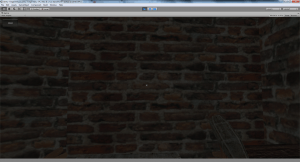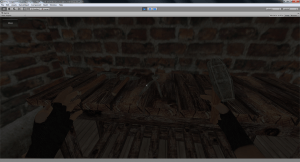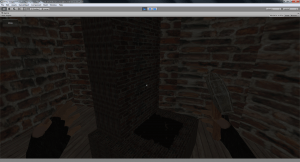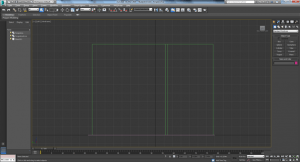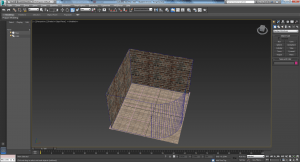One of the most important aspects of the system we want to focus on is that of immersion, one of the ways we are increasing immersion in the system is by using the Oculus Rift to make users feel as if they are inside a real forge. However it is quite probable that by having a user interact with the system through a gamepad (xbox controller etc.) may dramatically decrease their immersion. To prevent this we have opted to use the Kinect, developed by Microsoft for the Xbox 360 the Kinect has become a popular camera to use in many “people tracking” systems.
As previously mentioned, the unity asset store provides a number of solutions for utilising a Kinect with a system. The solution we have chosen to use is Zigfu, this allows us to utilise data from the Kinect to control some provided models. This allows the system to move the user in relation to the systems environment. This means when a user moves in the real world they will move in the environment allowing for interaction with the “world”.

